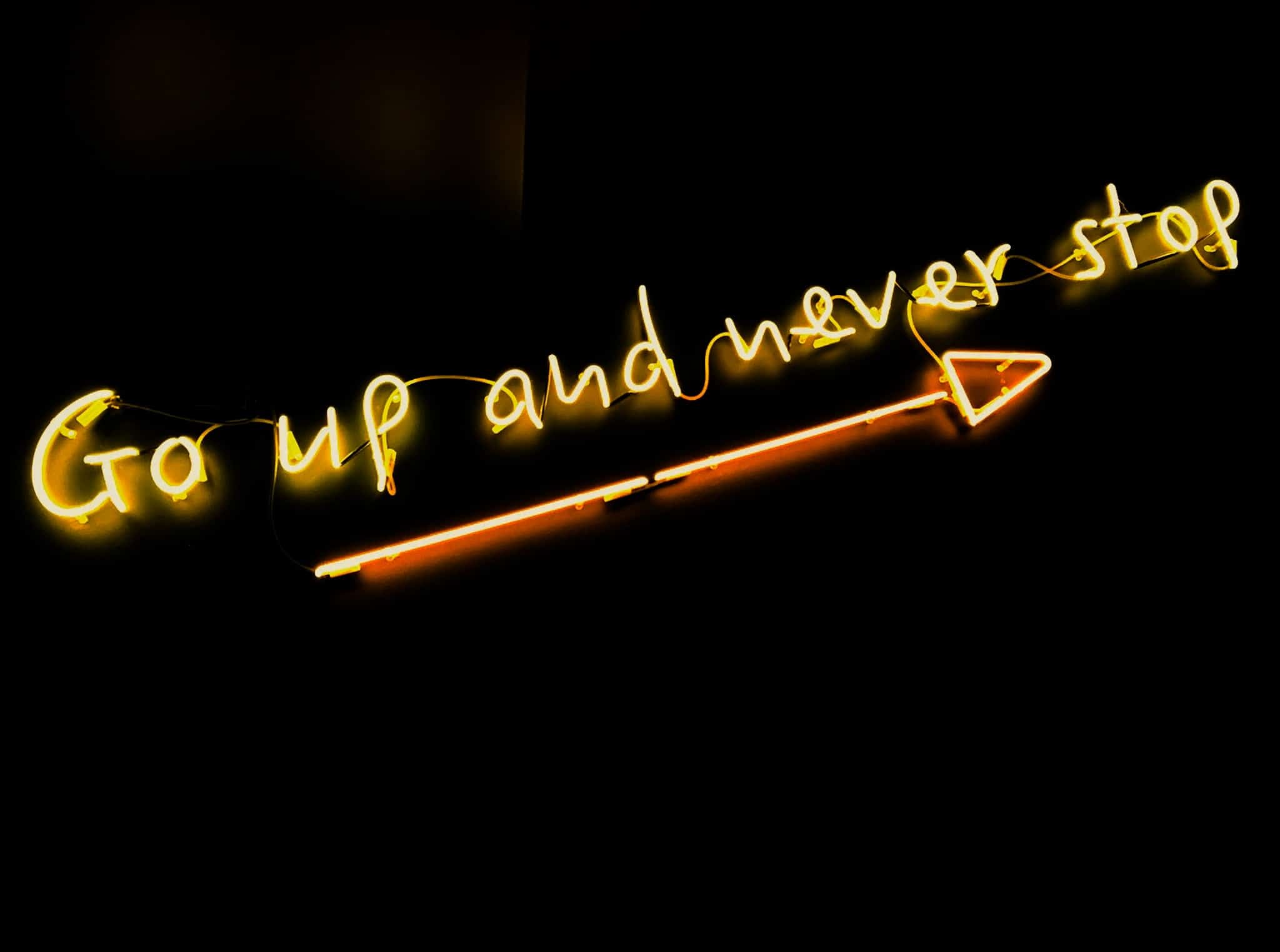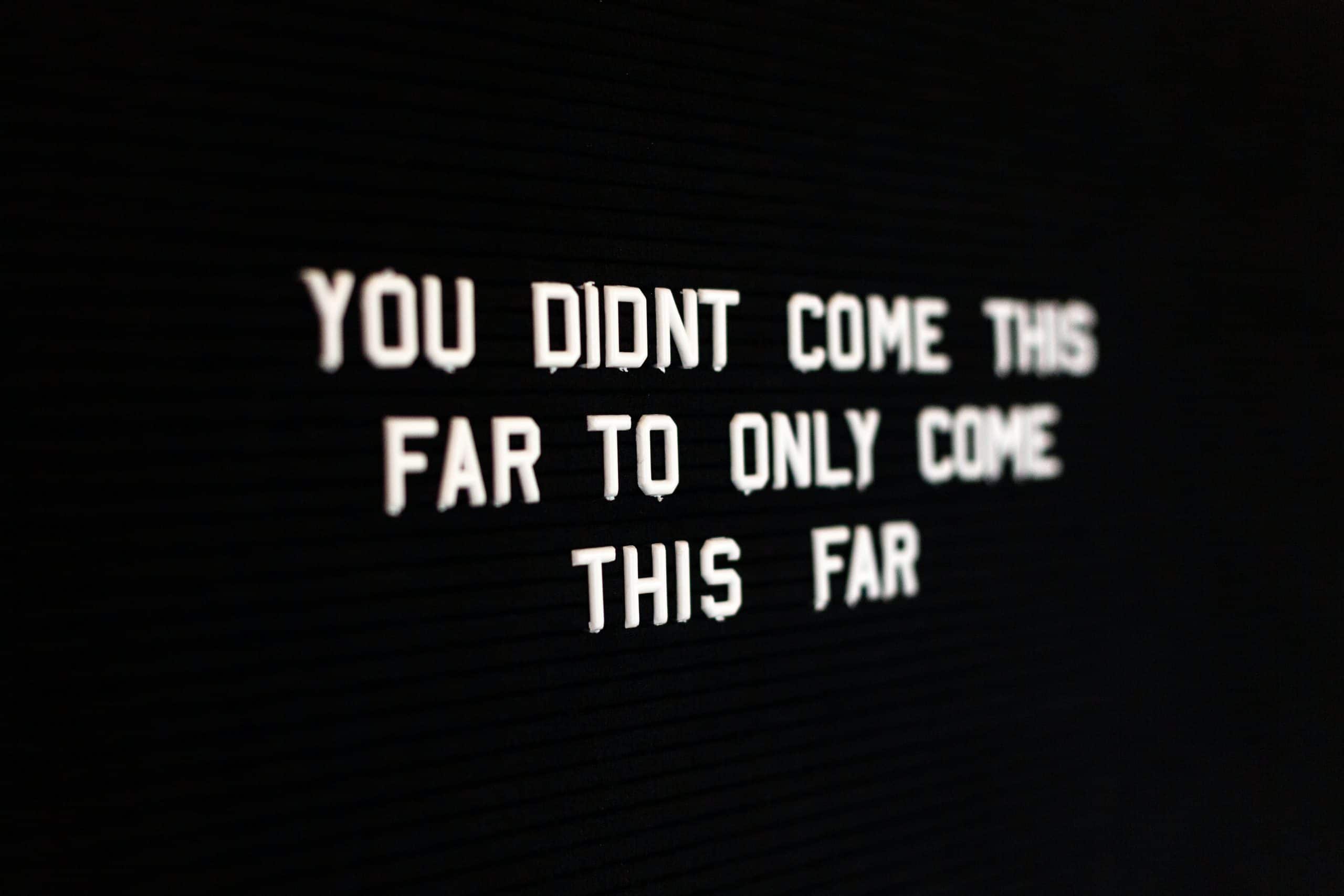
Sabine Lewandowski was shortlisted in the Professional People category of this year’s Sony World Photography Awards for her series “One Hundred and Forty-Three Centimetres”, a project documenting and commenting on the stigma attached to Down Syndrome.
The World Photography Organisation spoke to her to find out more:
Tell us more about your series “One Hundred and Forty-Three Centimetres”.
It is an honour for me to be nominated for the shortlist. The photo series “One Hundred and Forty-Three Centimetres“ raises questions about our relationship with the stigma of “impairment“ and the technical possibilities to determine the value of a life before birth.
The series addresses social issues that everybody finds difficult to answer: how do we deal with strangeness and unfamiliarity within the frame of what society calls “normal”?. Down’s Syndrome is a topic that our society discusses and explores again and again. Because of the possibilities of new technology – and high financial profit it makes for the medical market – babies can now be diagnosed with Down Syndrome before they are born. This has become even easier since 2012, when the PraenaTest – a simple testing of the pregnant mother’s blood – made it possible to determine whether a foetus has Trisomy 21. Quite often this leads to an abortion – even before the baby is born.
What is your background? How did you get into photography?
After school I did not really know what to do. So I started as a conventional trainee. But this was not work that really fulfilled me. During this time I was fascinated by magazines, postcards and pictures. From time to time I practiced a little in photography. Regarding technique, I had no real idea. I started to take pictures of my sister and after some time at weddings of my friends. The creative work started off a bit bumpy. I met people who have encouraged me to always follow my creative streak. After a few years I decided to quit my job to figure out what I really wanted. Through different people, contacts and detours I came to the University of the Arts Bremen and I began studying Bachelor of Arts Integrated Design.
I knew nothing about photography and how a successful image should look. For me pictures were just beautiful snapshots and memories. It was only when my father presented me an album of emotional images from my birth to puberty, I started getting interested in people, moods and aesthetics. Since my series “One Hundred and Forty-Three Centimetres“, I realised for the first time how important the medium of photography is and the emotions that it sets free. For me it is always a challenge with the aesthetics and content of each new series.
Do you have a photographic philosophy?
I’m not trying to follow a certain philosophy. I think the most important thing is the photo itself and not to worry about the camera you have with you. I try to take advantage of each moment, without pressure, and to me this is fun.
What does photography mean to you?
For me, photography begins first with memories and showing things that you normally would not see. I don’t take photos just with my eyes. I try and see through my own experience, how I feel in the moment and how I perceive the world around me. In recent years, photography has become more and more creative and more of an emotional expression for me.
Photography creates a deeper meaning. When I take a picture of a stone, it can transmit a story of sadness or joy. Photography connects me to the real world in a unique way. I’m impressed that every photographer has a different view on things. Each photographer can take a shot from the same object and the result is always different. For me it is important to find out who I am as a photographer and try not to imitate someone else. I see the world as I am.
Can you tell us about a current or future photographic project you have planned?
At the moment a new semester is beginning. I’m working on two new projects. Firstly, on a series of a cross-cultural districts in Bremen. Secondly, I will be traveling with my masterclass to Athens. We want to know more about the political situation, the people affected and the ongoing crisis. In the future I would love to work again on topics relating to myself personally.
Keep an eye out on our blog for more guest posts from the World Photography Organisation every Friday!

